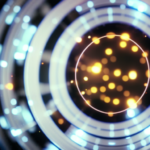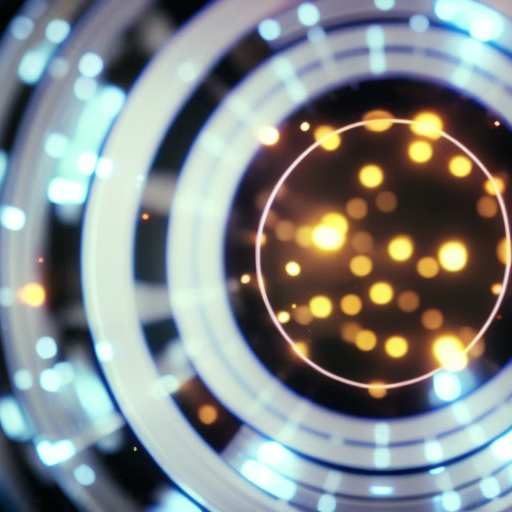DNA Sequencing: A Comprehensive Overview
DNA sequencing is a process that determines the precise order of nucleotides in a DNA molecule. It has revolutionized the field of genetics and has numerous applications in various scientific disciplines, including medicine, agriculture, and forensics. This summary provides a comprehensive overview of DNA sequencing, including its history, methods, and applications.
History of DNA Sequencing
The history of DNA sequencing dates back to the 1970s when two different methods were developed: the Maxam-Gilbert method and the Sanger method. The Maxam-Gilbert method used chemical reactions to cleave DNA at specific nucleotides, while the Sanger method utilized DNA polymerase to synthesize complementary strands of DNA. The Sanger method, also known as dideoxy sequencing, became the gold standard for DNA sequencing and earned Frederick Sanger two Nobel Prizes.
Methods of DNA Sequencing
Since the development of the Sanger method, several other DNA sequencing techniques have been developed, each with its own advantages and limitations. These methods include:
- Next-Generation Sequencing (NGS): NGS technologies, such as Illumina sequencing, allow for high-throughput sequencing of DNA. They involve fragmenting DNA into small pieces, attaching adapters, and amplifying the fragments. The fragments are then sequenced simultaneously, generating millions of short reads that are later assembled into a complete genome.
- Single-Molecule Sequencing: Single-molecule sequencing technologies, such as PacBio sequencing, enable long-read sequencing by directly sequencing individual DNA molecules. These methods can provide valuable information about structural variations and repetitive regions of the genome.
- Nanopore Sequencing: Nanopore sequencing, offered by Oxford Nanopore Technologies, involves passing DNA strands through nanopores and measuring changes in electrical current as the nucleotides pass through. This method allows for real-time sequencing and has the potential for portable sequencing devices.
Applications of DNA Sequencing
DNA sequencing has revolutionized various fields of science and has numerous applications:
- Genomics: DNA sequencing has enabled the sequencing of entire genomes, providing insights into the genetic basis of diseases, evolutionary relationships, and biodiversity. It has also facilitated the identification of genetic variations associated with diseases, leading to personalized medicine.
- Cancer Research: DNA sequencing has played a crucial role in understanding the genetic alterations that drive cancer development. It has helped identify oncogenes, tumor suppressor genes, and mutations that can be targeted for personalized cancer therapies.
- Forensics: DNA sequencing is widely used in forensic investigations to identify individuals and establish genetic relationships. It has become an essential tool in solving crimes, identifying missing persons, and determining paternity.
- Agriculture: DNA sequencing has applications in agriculture, such as crop improvement and livestock breeding. It allows for the identification of genes associated with desirable traits, helping breeders develop improved varieties and breeds.
- Microbiology: DNA sequencing has revolutionized the field of microbiology by enabling the identification and characterization of microorganisms. It has facilitated the discovery of new species, the study of microbial communities, and the understanding of their roles in various ecosystems.
Challenges and Future Directions
Despite its numerous applications, DNA sequencing still faces challenges. The cost of sequencing, although significantly reduced, remains a barrier for some applications. Additionally, the analysis and interpretation of large sequencing datasets require advanced bioinformatics tools and expertise.
The future of DNA sequencing holds promise for further advancements. Emerging technologies aim to improve sequencing accuracy, increase read lengths, and reduce costs. The development of portable sequencing devices could revolutionize fields such as point-of-care diagnostics and pathogen detection.
In conclusion, DNA sequencing has revolutionized the field of genetics and has numerous applications in various scientific disciplines. From its humble beginnings with the Sanger method to the advent of next-generation sequencing and emerging technologies, DNA sequencing continues to push the boundaries of scientific discovery. Its applications in genomics, cancer research, forensics, agriculture, and microbiology have transformed these fields and hold immense potential for future advancements.












